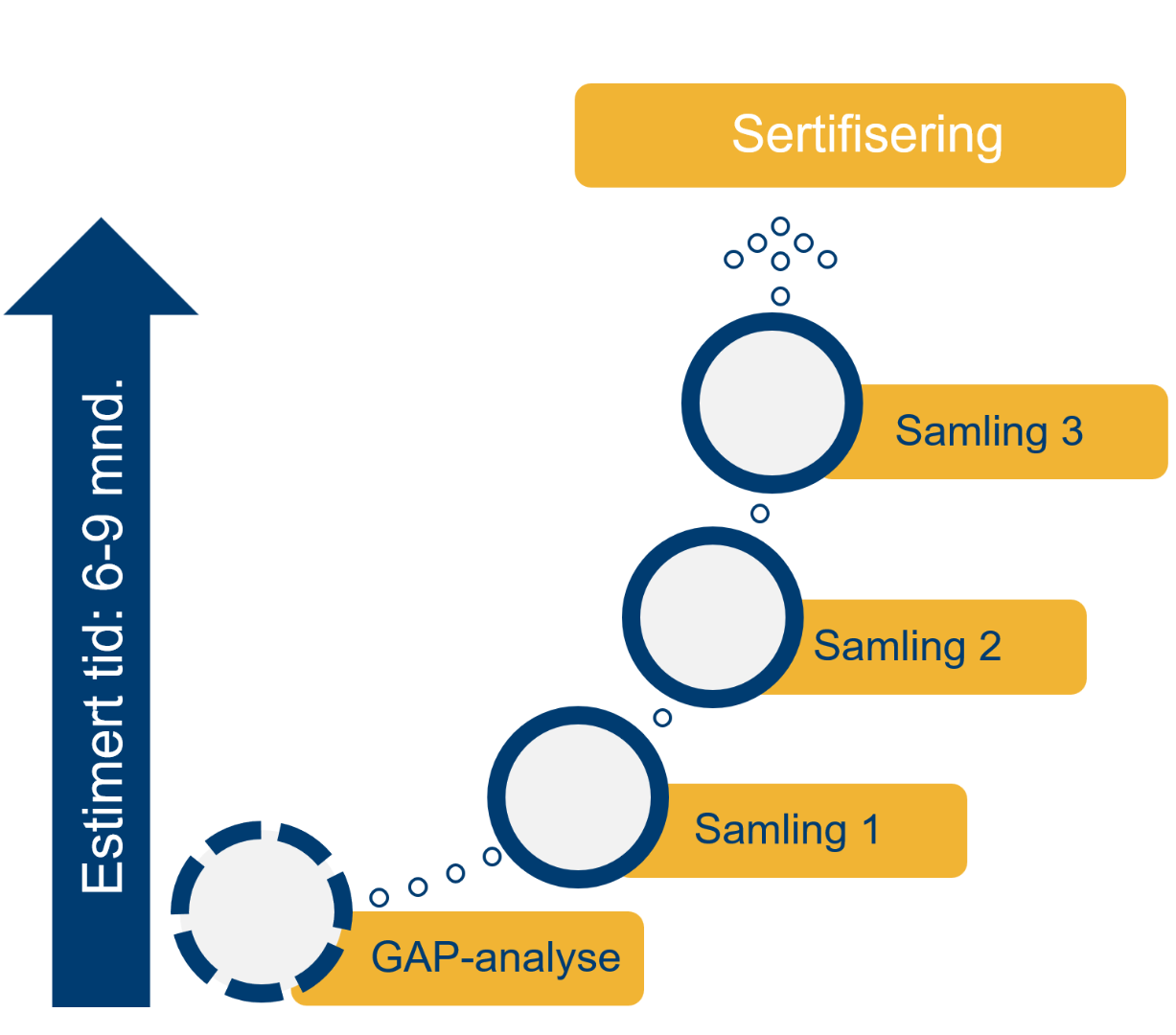Smart TQM
Smart TQM
Smart TQM is a simple but very effective method, which in a good way facilitates the implementation of a management system for quality, environment and/or HSE.
The requirements this management system should cover depend on the demands placed on you. These may be requirements for certification in accordance with ISO 9001, ISO 14001, ISO 45001 or other customer or regulatory requirements. The method is adapted to the needs of your business and is therefore suitable for both small and medium-sized businesses. To achieve a well-functioning management system, it is important that you are the driving force in this process.
How to proceed?
We can also help you with a GAP analysis before implementing a management system.
The meetings can be held either at the customer's premises or on Teams. When we're at the customer's premises, a session is often a day-long meeting, while we break it up more on Teams.
Effective implementation support
An important outcome of each session is an agreed action plan with tasks to be solved until the next session. The action plan specifies the tasks with responsibilities and deadlines. The time between sessions varies, but we recommend 3-5 weeks. It is important that you have sufficient time to implement the action plan, but that it does not take so long that you do not make satisfactory progress. Between sessions, the customer advisor is available by phone and email if you have any questions or need guidance.
Customer tasks
It's important that you take ownership of the process and management system. The best way to do this is to manage the project yourself, but with good guidance and support. In this way, you get a management system that is adapted to your needs, but that also covers the requirements set internally, from customers, authorities and standards.
Gatherings and workshops

Collection 1
- Process mapping
- Establish structure and templates
- Establish roles, authority and responsibility
Collection 2
- Establish quality policy and goals
- Identification of relevant legislation
- Establishment of relevant documentation
- Establish deviation process
Collection 3
- Risk management
- Establish audit processes
- Determine the need for competence
- Plan for training in management system
Certification
- Own process with a certification program
- External auditor conducts the certification